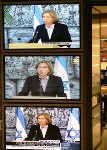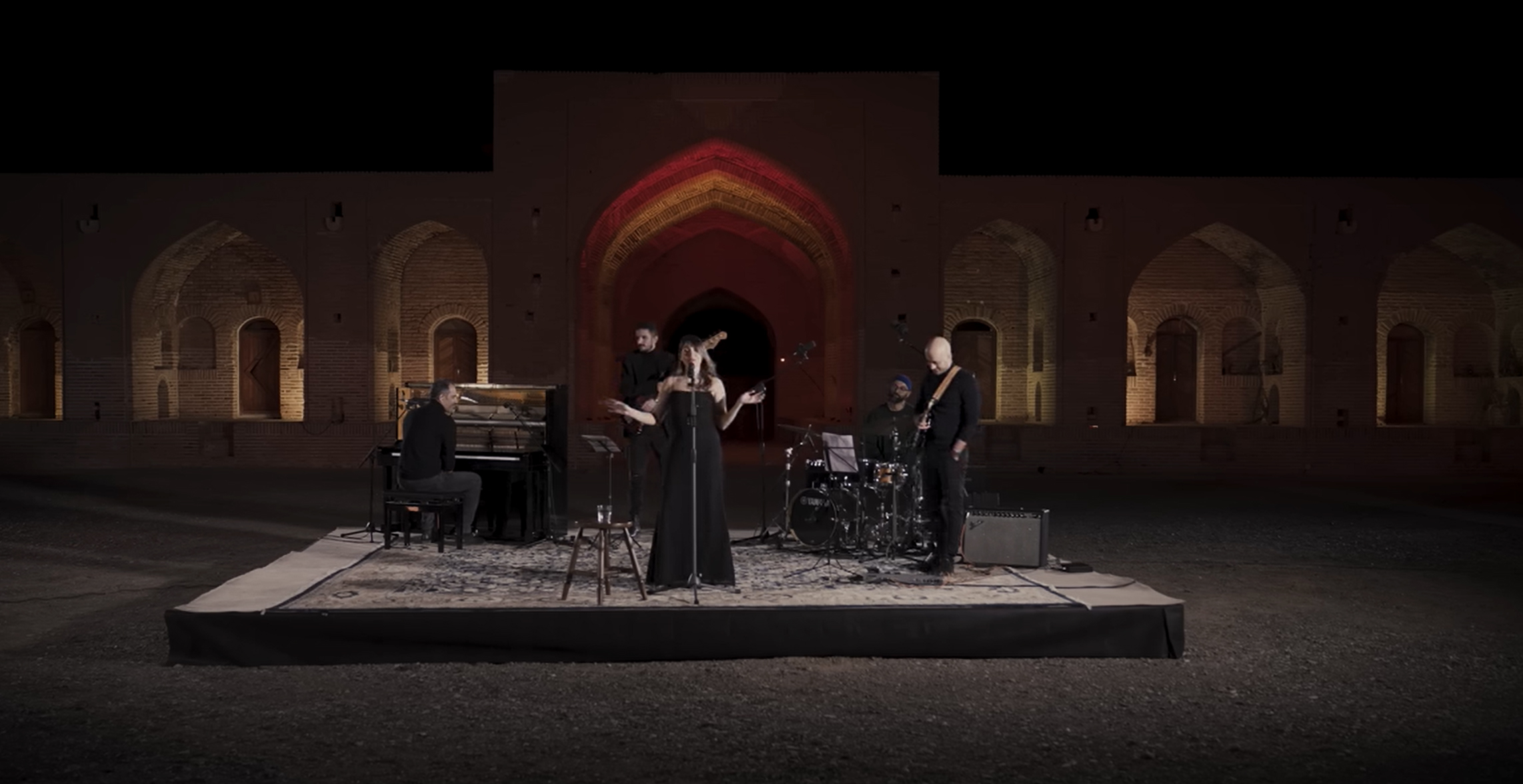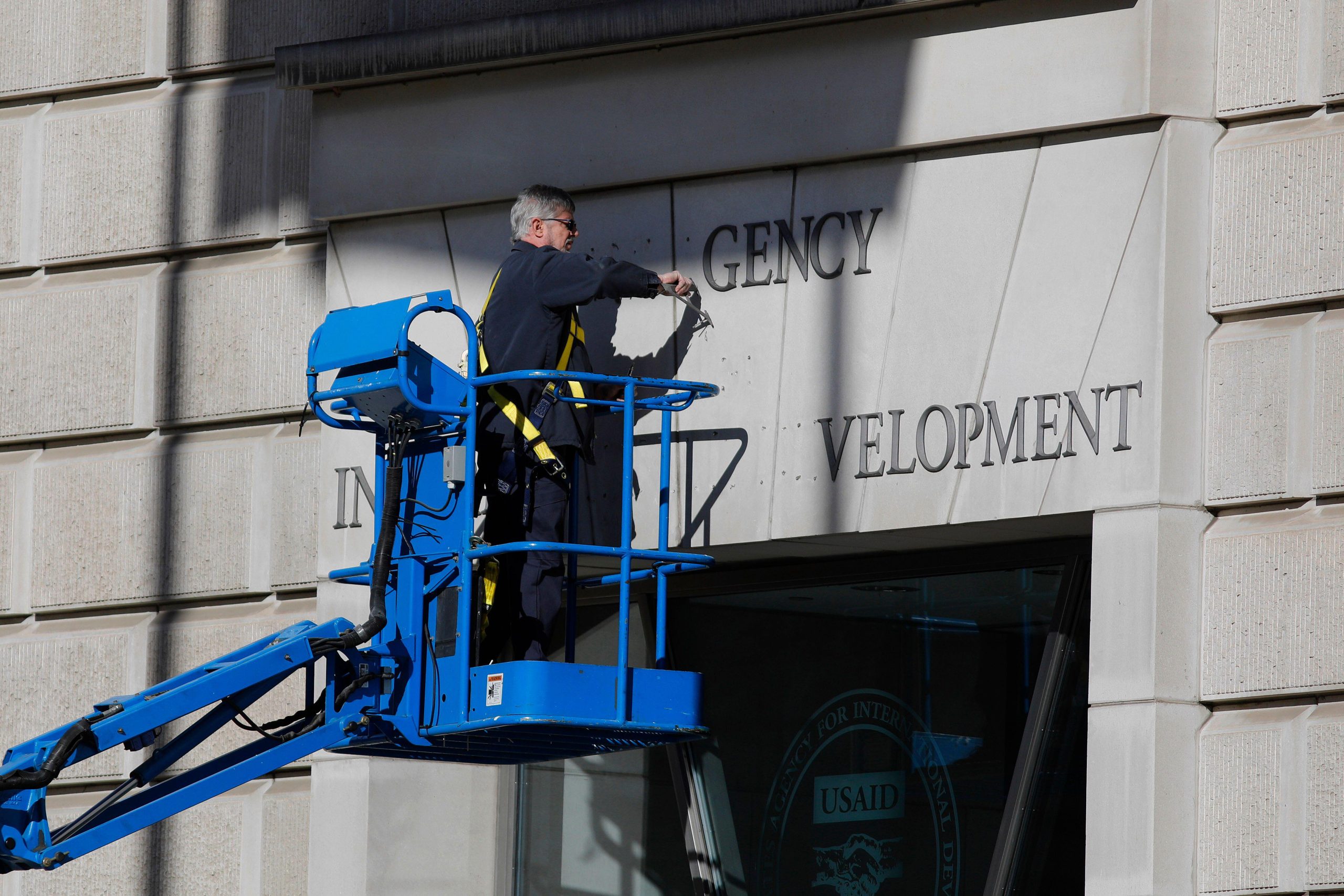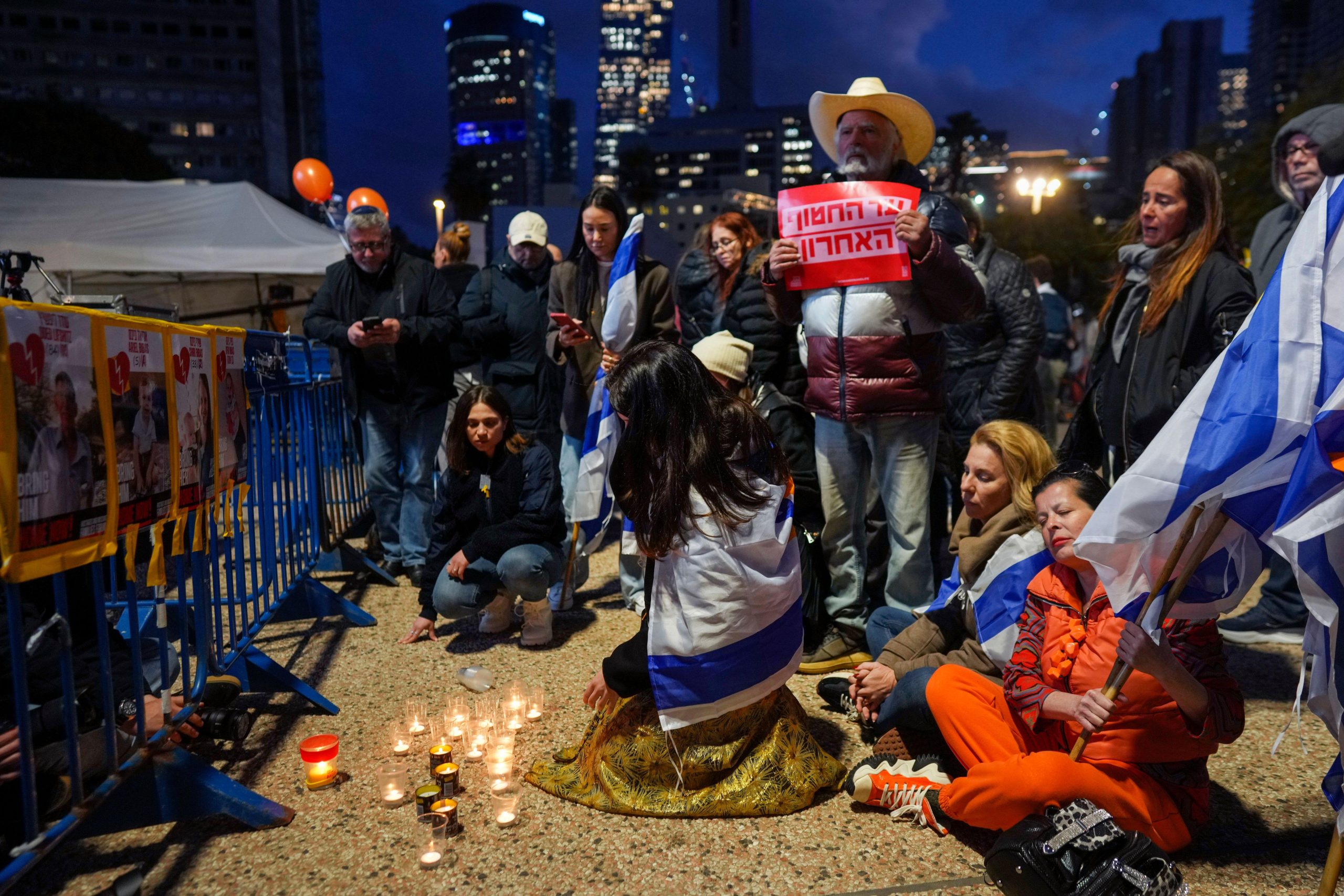 Coverage of events in the Gaza Strip by the Israeli media has rarely transcended propaganda, writes Dimi Reider
Coverage of events in the Gaza Strip by the Israeli media has rarely transcended propaganda, writes Dimi Reider
When I was in journalism school, we were taught that truth was the first casualty of any war. But in the current seismic violence in the Gaza Strip, truth was joined by three more casualties — decency, compassion and shame.
True, censorship is there. Not only are there no Israeli journalists in Gaza, but Israel is also preventing all foreign media from reaching the Strip, with even the circumspect decision by an embattled Supreme Court to let in a pool of eight journalists (foreign and Israeli) not being carried out. Foreign journalists have been detained, and online forums have been contacted and requested to remove threads which the IDF considered ‘dangerous either to security or morale’. The parliament has happily joined the bandwagon, with one prominent MK suggesting to ‘block al Jazeera and al Arabiya due to the demoralising effect it has on our Arab population’.
The media itself rushes to assist them with bucketfuls of self-censorship. After the Lebanese debacle of 2006, the Israeli press was accused of being far too attentive to the other side, too critical and in fact dangerous to the security of a state in war — charges which were sadly entirely unfounded, as a report by the Keshev media monitor has since shown. Anticipatory compliance is therefore everywhere, with reporters avoiding with knowing smiles the names of Israeli townships hit by Qassams (as if Israel and Gaza were on different planets and Hamas didn’t hit those towns before the current war).
But all this pales before the unabashedly jingoistic tone struck by the media, top to bottom and left to right.
News sections in newspapers are entirely devoted to drums of war from day one, when all media lauded the ‘brilliant thinking’ of the ‘surprise effect’ (which effect, as a lone dissenting columnist wryly noted, prevented Hamas from putting its own non-existent aviation on alert). IDF statements are given as news items and the most extravagant quotes by the Israeli politicians are reported as they are. (The prize-holder for these is, undoubtedly, Tzipi Livni, with such profound statements as ‘a ceasefire would damage negotiations’ and ‘the war is necessary to promote peace.’)
Critical reporting is all but gone, and news about dissenting events are skewed or missing. Arrests of over 200 protest organisers in a single week went poorly noticed and uncriticised. A 10,000 strong anti-war rally flanked with a couple of hundred pro-war demonstrators was cast by a prominent daily under the imaginative headline: ‘Thousands march in Tel Aviv for and against the war.’
Numbers of Gaza casualties are diluted, and pushed to the back of any reporting. A few days ago, Israeli bombs vaporised an UNRWA school, killing scores of children. But throughout the night, media reports were dominated by the death of one Israeli combatant soldier. Leafing through the sites you could learn all about his friends, his family and his hobbies, and of how he enjoyed serving in the IDF. Only if you scrolled far below the pictures and the quotes could you discover that ‘Palestinians claim several children killed in Gaza school’, with the lead-ins instantly soothing: ‘IDF: militants were hiding in building.’ The reports of aggression committed by either side undergo a reverse process: Palestinian ones are bloated, while Israeli ones are concealed and only ever presented as ‘response’.
And this is just the news sections. The only commentary on the anti-war rally was an op-ed in Yedioth Aharonot, which explained that the protesters were genetically defunct and infected with ‘age-old self hatred’. Yedioth Aharonot‘s Ron Ben Yisha — a leading commentator mysteriously printed in all three competing Israeli dailies — is given unlimited space and is treated not as an opinion commentator but as a dispassionate expert, despite his articles being indistinguishable from IDF PR, repeatedly suggesting that ‘a bold military move was needed to promote negotiations’, and that ‘we need to go in now — and must not stop to think of exit strategies’.
Let there be no mistake — Israel is still no North Korea. At the other end of the spectrum stand such stalwarts of journalism as Gideon Levy and Amira Hass; some space is given to critical opinion and even anti-Zionist protesters are allowed to publish an op-ed now and then. But their voices drown in the joyful stampede of a terrified and elated herd, whipped by constantly rehashed and magnified trauma and clamouring for blood. All the above is bad enough, but it is the effect on the general public which is mind-numbing. Over 93 per cent believe the media is too liberal and should be more loyal (Maariv); over two-thirds consistently support the operation entirely, and web comments and forums teem with genocidal hatred. Conversations with even centre-left Israeli friends yield such pearls as ‘sure, 120 dead children in two weeks is bad, but the anxiety resulting from sirens is no picnic, either’; ‘we didn’t lift a finger against Gaza for eight years, why are you protesting now’; ‘the Israeli Palestinians should put up or get out, they have other countries to go to.’
All in all, it’s hard to tell which is more difficult to watch — the uncensored gore on al Jazeera, or the jingo-fest of the Israeli channels and sites; probably the Israeli channels, because at least the horror on al Jazeera is real.
One is left wondering not only how much worse the next descent into violence will look — but also how much more Brechtian will be its coverage.
Dimi Reider is an Israeli journalist and activist
http://dimireiderscraps.blogspot.com/





